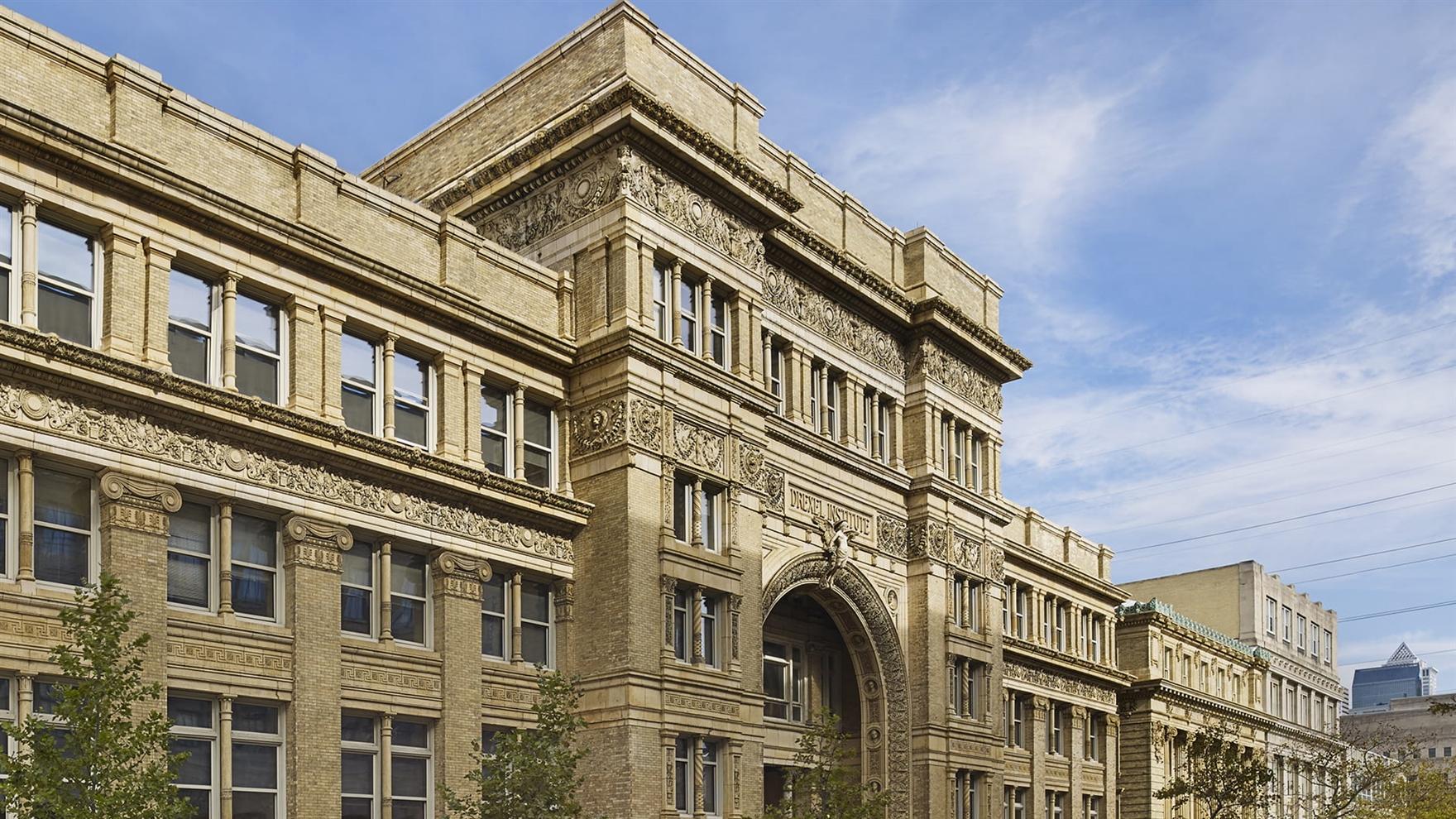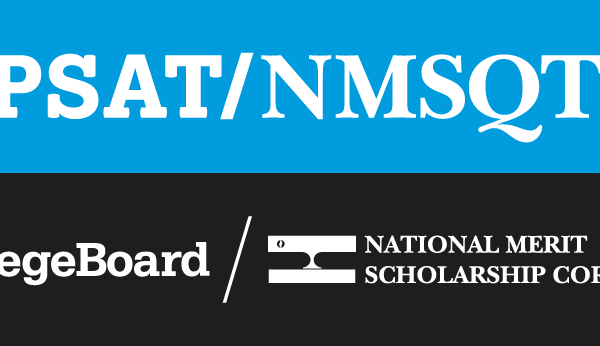For career-minded students seeking an urban campus and work experience while in college, Drexel University in Philadelphia fits like a glove. With 90% of freshmen returning for their second year, Drexel is doing what it promises: preparing students for job opportunities that lead to happy and employed alumni. Although Drexel’s reputation is in engineering and business, it offers many arts-related majors, and social sciences and humanities as well. Read on to learn more about Drexel:
- Drexel’s downtown Philadelphia location (adjacent to the University of Pennsylvania) features one square mile of campus buildings and urban green spaces. While Drexel sits squarely in the city, it also offers a cohesive university presence, and with Penn literally next door, students enjoy a mix of youthful energy, unique shops, and restaurants catering to the university crowd. Philadelphia is unfairly overshadowed by Boston as a college city, because Philly is truly world-class for college life!
- The cooperative education program is Drexel’s signature educational experience, and 95% of students participate, across all majors. In Drexel’s version of co-op, students study full-time for six months, then take a full-time internship for another six months anywhere in the country. Drexel’s database of 1,500 employers ensures great matches. Internships are often paid – sometimes as much as $20,000 for the duration. Co-op students typically don’t take a summer vacation at Drexel. Instead, they power through this combination of study and work for four or five years.
- Drexel’s most popular majors include computer science (with nine CS-related majors), mechanical engineering, finance, and biological sciences, while nursing, architecture, business, game design and production, film and television, and physics are also popular with students. The Westphal College of Media Arts and Design, which houses the creative majors, encourages collaboration across creative disciplines and the co-op aspect helps connect students with industry professionals.
- Drexel has made a big commitment to innovation and entrepreneurship with the Charles D. Close School of Entrepreneurship and its incubation arm, the Baiada Institute for Entrepreneurship. Dedicated workspaces, startup funding, and mentorships aim to help students launch the next big thing.
- Freshmen are housed in dedicated residence halls, but most upperclassmen live in nearby apartments or in fraternity houses. Two main university dining halls plus roaming food trucks offer standard fare, and a shuttle bus links dorms to the library at night.
- Because students come and go as they complete their co-op assignments, the tradeoff of co-ops is a lack of continuity. Friendships, clubs, and activities like theater and music are more challenging to sustain in this environment. However, class sizes benefit from the fact that 50% of students may be off-campus at any given time: The average class size is just 19, quite small for a university with 14,000 undergraduates.
- Although Drexel has no football team, it does feature D1 athletics and is part of the Colonial Athletic Association. Both men’s and women’s basketball teams have been strong historically; crew and squash also are competitive.
- Drexel accepts 83% of applicants (2023) and most students receive aid in the form of need-based or merit discounts. Students only pay tuition when they’re on campus, and not during co-op terms. Drexel attracts students from 46 states and 150 countries, making it truly diverse, and a large program for neurodiverse students is a national model in support and inclusion.
Drexel University reports that 92% of recent graduates are happy with their employment, and earn, on average, 10% more than national average salaries because they boast more work experience than other new graduates. With its emphasis on leadership, innovation, and developing change agents who can solve tomorrow’s problems, Drexel offers a model that many students will find very compelling.





